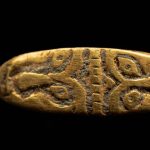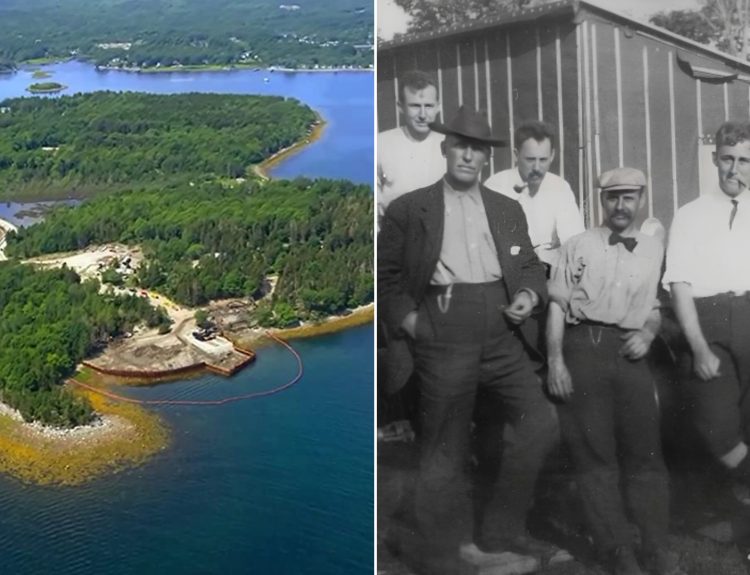It makes sense to want your relative’s body brought back home for a proper burial. This was the case with some native Americans who asked for the remains of two of their members to be taken home and buried.
The story went viral because the bodies they wanted returned were around 130 years old. Additionally, the army refused to surrender the remains to the native Americans. Why did these people return after so long? Why won’t the army submit them? Let’s find out.
Who Are The Two Native American Boys?
The story involves two native Americans from the Winnebago tribe who died after being transferred to a notorious boarding school. The first boy, Samuel Gilbert, lasted only 47 days in the school before he died in 1895. Four years later, the other boy, Edward Hensley, died in 1899.

Surprisingly, no one in the boy’s native American tribe ever learned why they died so soon. The tribe requested for the remains of their tribe members to be put to rest. But this is where it gets interesting. The Office of Army Cemeteries denied their request.
‘The Army Wants To Control Native Americans’
People were curious about why the Army refused to return the boys’ bodies to their families. The lawyer for the tribe, Greg Werkheiser, claimed that the army is racist and wanted to control the native Americans.
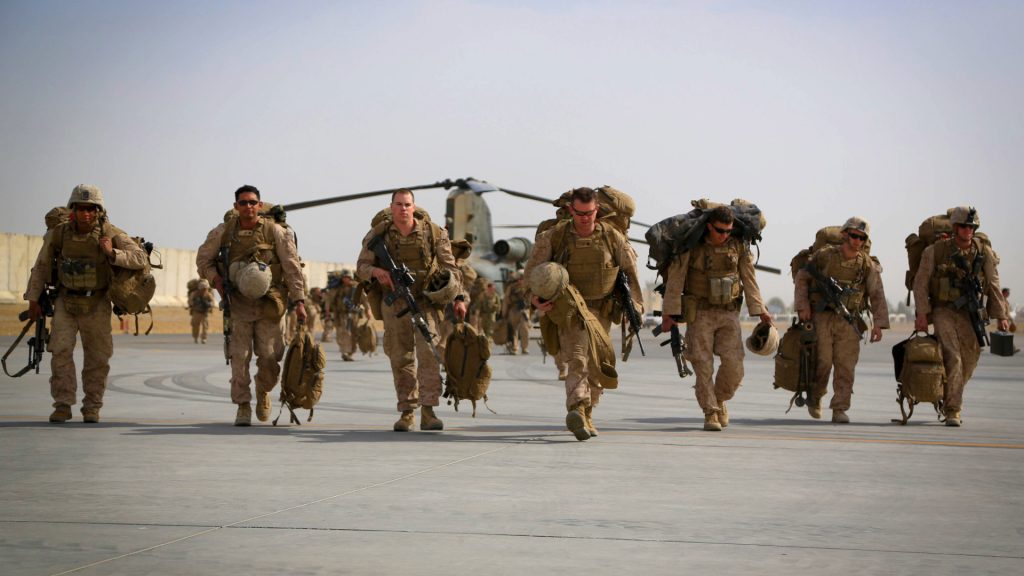
In his words: “The Army always sought to maintain a position of control, dominance over native peoples while they were alive – and while they were dead.” Alongside Werkheiser racism claims, there’s another unfortunate reason why their bodies are withheld.
The Bodies Serve As ‘Tourist Attractions’
Graves and Cemeteries sometimes pique the interest of travelers due to their history. One example is the grave of rock legend Elvis Presley. Sadly, this may be another reason why the Army refused to release the boys.
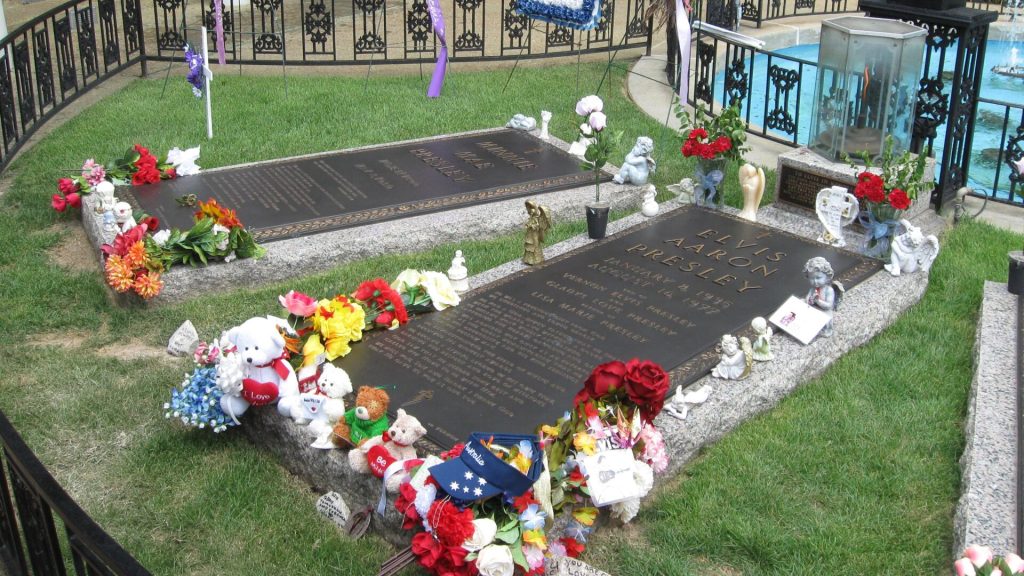
The two boys are buried in a graveyard containing 180 other children. The lawsuit argues that the army used these grave sites as a tourist attraction as these adventurers are drawn to a compelling story. Fortunately, the army replied.
The Army Finally Replied
The lawsuit and social tensions were getting heavy on the army as people demanded an answer for withholding the remains. The Army’s spokesman wrote in an email that the two boys were given a proper burial. They have individual graves with appropriate headstones.
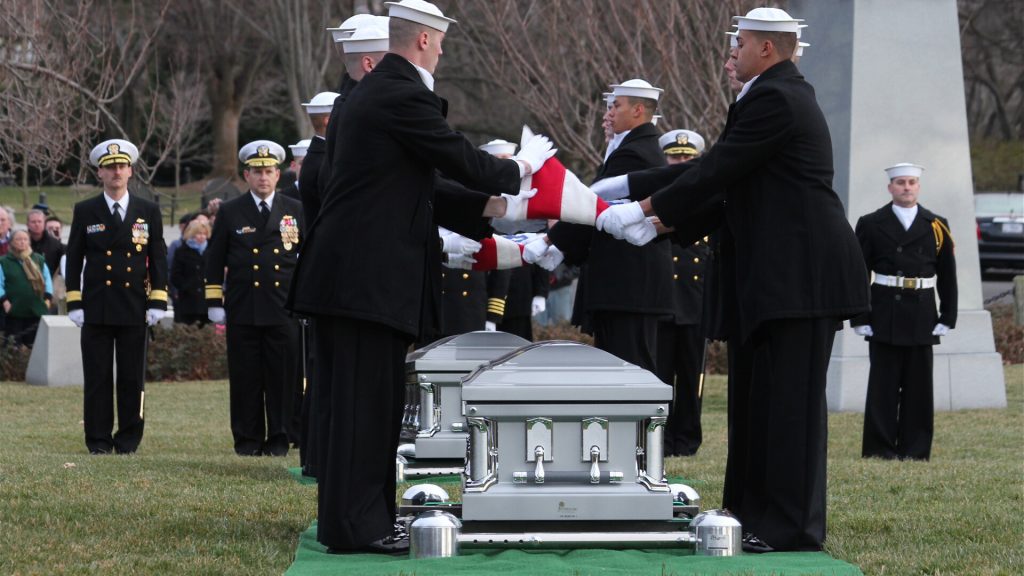
They also addressed the tourism allegation. According to the spokesman: “The cemetery is a dignified resting place demonstrating respect and care of all the deceased buried there and is not treated as a tourist attraction.”
Understanding The Boarding School’s History
The Carlisle Indian Industrial School was built in south-central Pennsylvania for Native Americans. It was founded by a retired military officer who believed the natives would be productive in society. However, they must be integrated through assimilation.
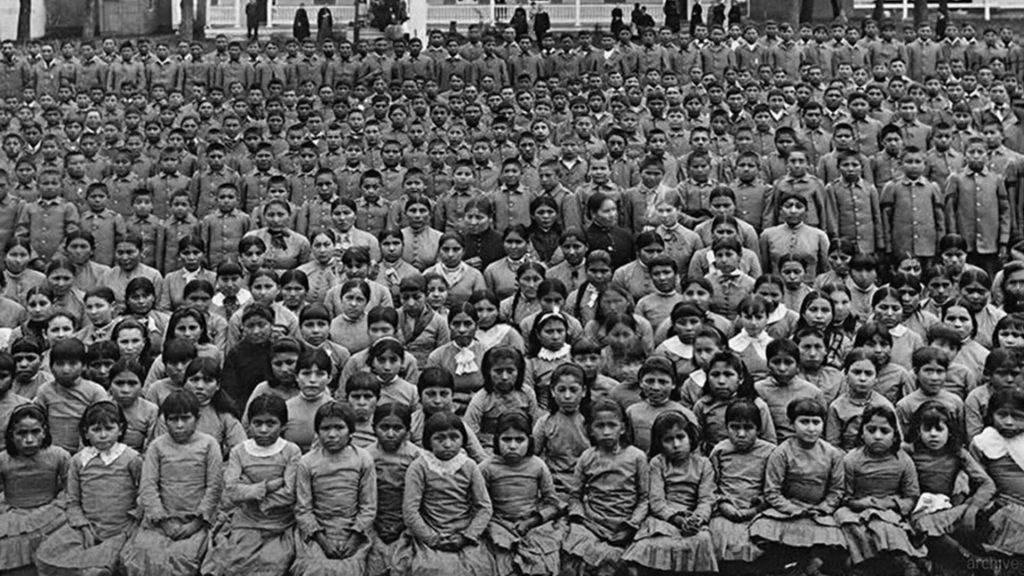
Therefore, thousands of native American children flooded the school via the train or stagecoach. Upon arrival, the school tried hard to separate the kids from their culture. This included cutting their beads, forcing European names, and punishing them for speaking their native tongue.
Was The Boarding School Successful?
The Carlisle Indian School had some harsh and unprofessional methods. If applied today, the school will face heavy backlash and close indefinitely. Nevertheless, did they achieve their goal of integrating native Americans into American society?
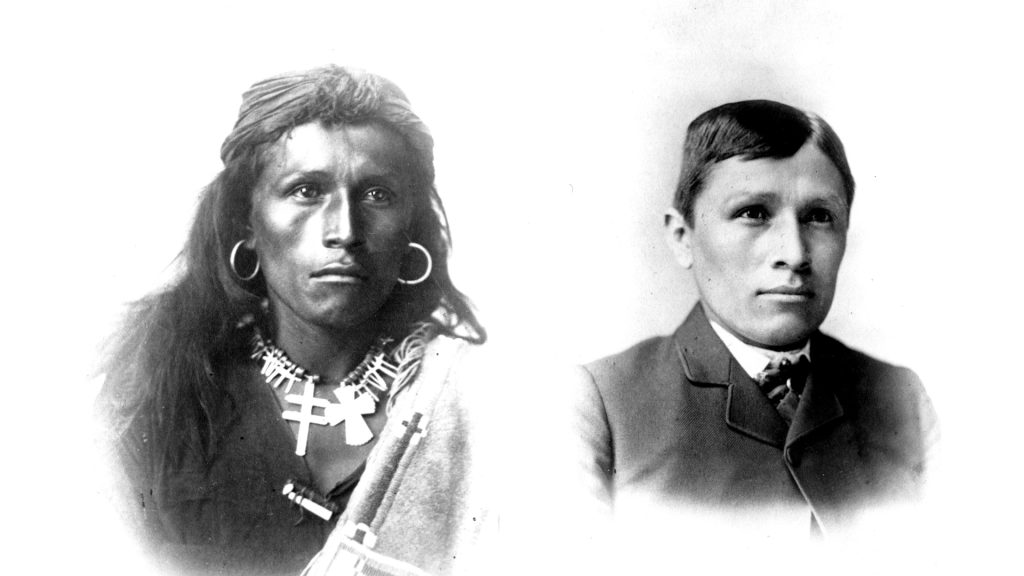
Technically, yes. More than 10,000 children from over 140 tribes received education at the boarding school before it closed in 1918. One of its famous students is Olympic gold medalist Jim Thorpe, whose real name was Wa-Tho-Huk, translated as “Bright Path”.
The Dark Side Of The Carlisle Indian School
Despite its successes, the boarding school has a very dark side. Most children in its control were taken against their parent’s wishes. Essentially, Americans stole these Indigenous people from their homes to make them adapt to their society.

Sadly, the conditions in the boarding facilities were harsh, which led to the kids contracting diseases like tuberculosis. In the end, most of the kids who passed away were sent back to their tribe, while the rest were buried at the school.
The Army Helped Bury The Kids Properly
The Army’s War Department took over the property after the school closed in 1918. The area also became a rehabilitation hospital and medical field service school for the military. However, it is worth noting that these people showed the fallen native American students respect.
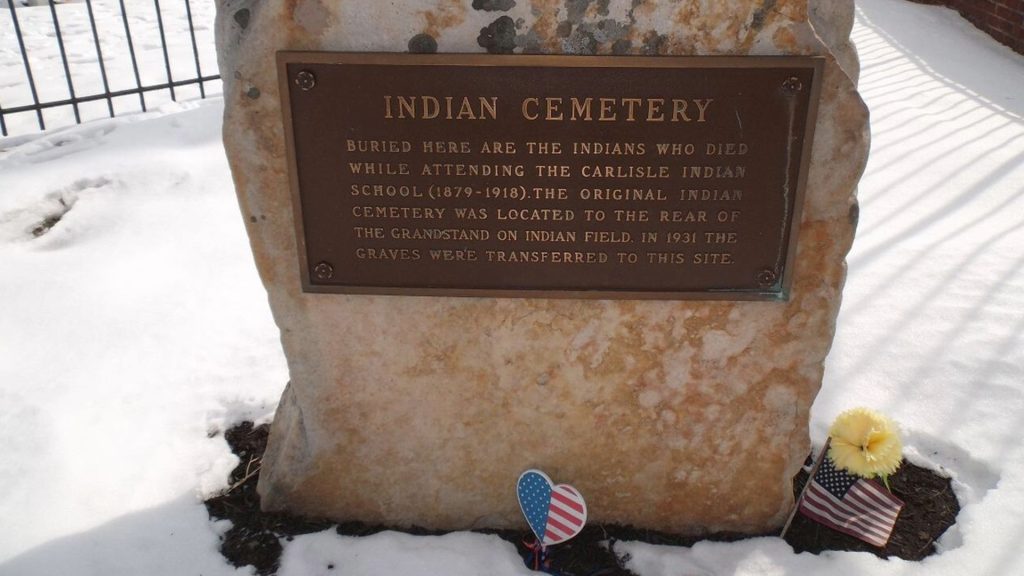
The OAC spokesperson commented on how the military gave the kids a befitting grave site. They mentioned how the original cemetery was located near a dump site and a blacksmith shop. So, the army moved the remains in 1927 to a location where Veterans, service members, and their families were buried.
It’s Illegal Not To Return The Two Boys Remains
Although the Army gave the boys a befitting burial, the lawsuit argues that they have no right to hold the remains. In fact, it’s illegal since the law requires that the bodies of Native Americans should be transferred to their tribe once requested.

Congress passed the Native American Graves Protection and Repatriation Act, or NAGPRA, in 1990. It makes it a legal right for Native Americans to collect the remains of their tribe members. However, the army deliberately refuses to follow the law and exploits a loophole.
The Rule Applies Differently To The Army
NAGPRA gives native Americans the right to collect the remains of their tribe members. This lets them bury their fallen according to their customs and traditions. However, the law applies differently to the army.

Essentially, the Army policy for the NAGPRA gives the military the power to decide when to deliver the remains. The policy also requires the request to be from the nearest living relative. Sadly, the last part is technically impossible since it’s been 130 years.
The Battle Continues
The OAC spokesperson mentioned that the army has exhumed 32 Native American children since 2017. These kids were returned to tribes like the Sisseton Wahpeton Oyate, Spirit Lake, and Washoe.
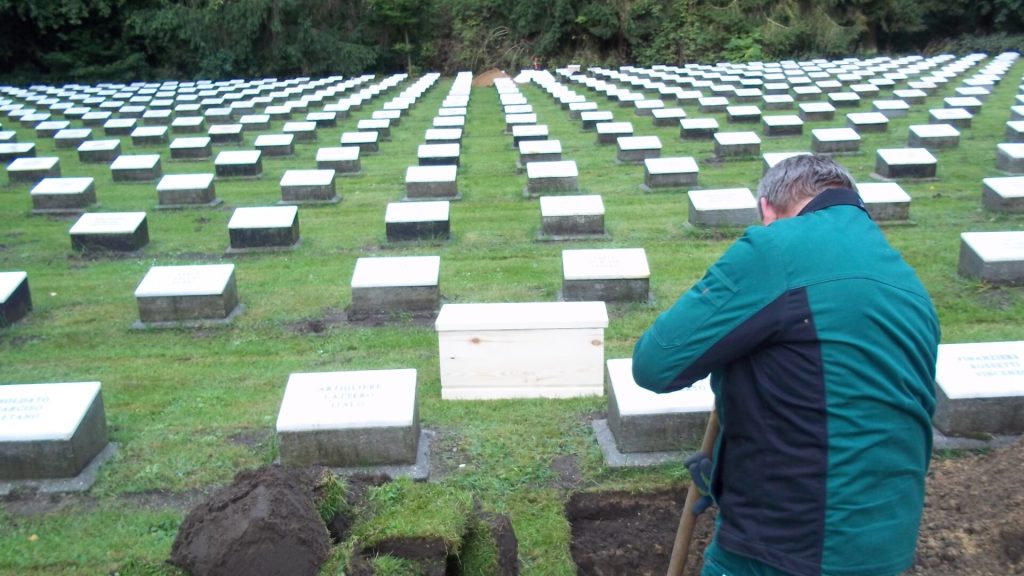
However, the attorney mentioned that these tribes went through a lot before receiving the remains. So, they’ve made it their mission to stop the “bullying”. The lawsuit also argues that the army failed to let the boys’ souls finally rest after 130 years, which is what NAGPRA meant to prevent.


